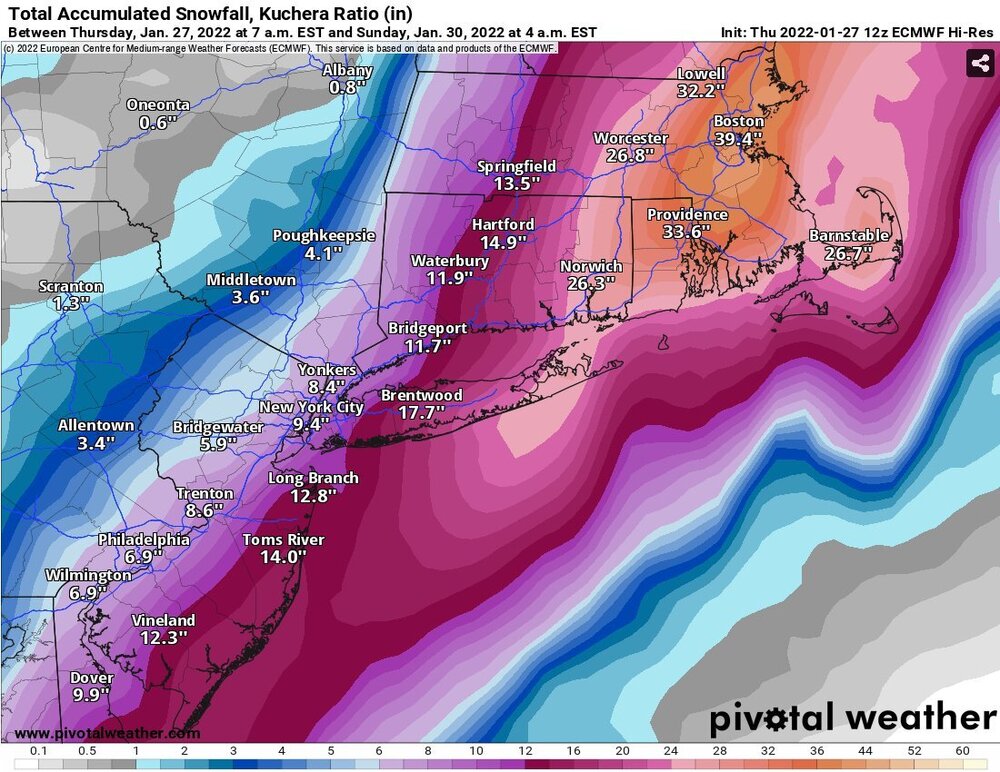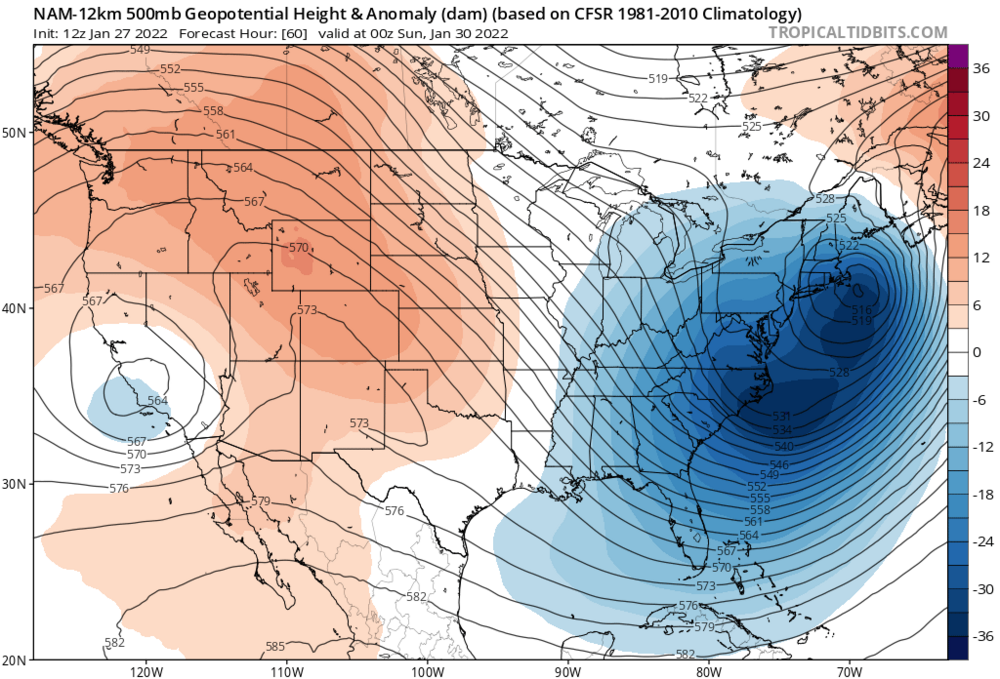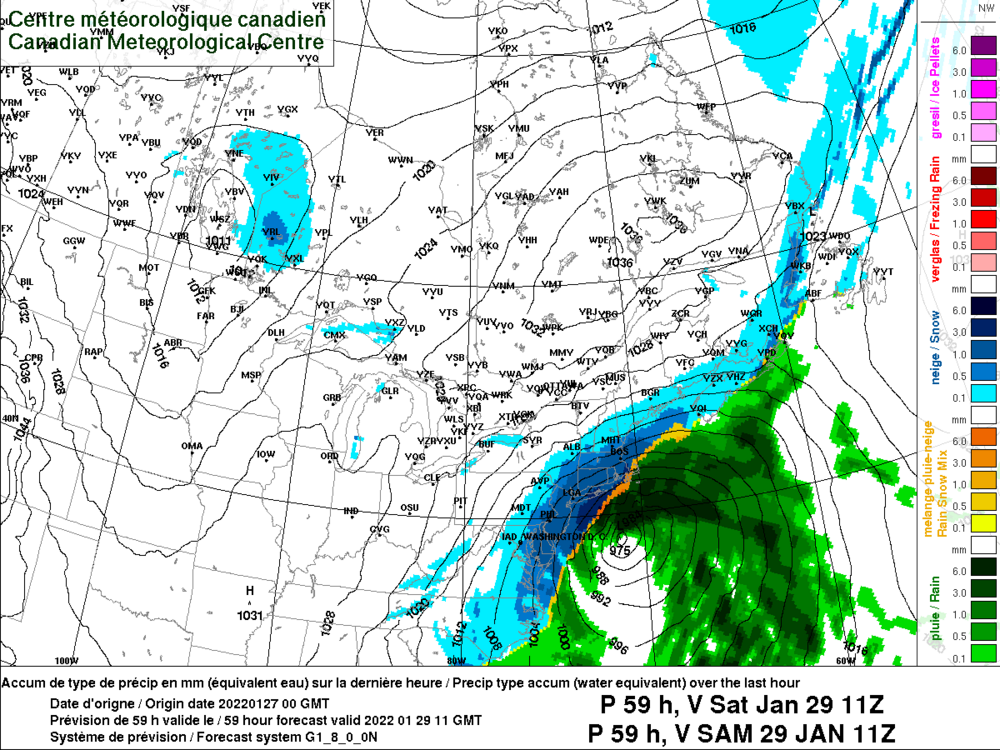-
Posts
6,800 -
Joined
-
Last visited
Content Type
Profiles
Blogs
Forums
American Weather
Media Demo
Store
Gallery
Everything posted by George001
-
There’s a big ridge in the east but a very strong high to the north on the models next week. Ice storm?
-
Nope we still have 2 months left, yeah it’s gonna melt some next week but the long range models are indicating the warm up will be only a few days long, and then we reload this pattern we are in now with a big ridge out west. Winter isn’t anywhere near over, I strongly believe that there will be multiple blizzards this year. I agree this will be the storm of the year though, and likely the storm of the decade as well.
-
Blue Hill, MA. 48”
-
This has a chance at being right (my 40 bun post)
-
40 inches of snow in Boston… Boston got that much snow last year the ENTIRE WINTER. Most areas are below average right now (Boston has like 12-13 inches, average around 20 by this time of the year from what I’ve seen), but after this storm it’s very possible Boston is into the 40s or even 50s. Boston averages in low 40s for total snow per winter, and there’s still 2 months left. This is why it’s a good idea to wait even if winters start slow before writing it off. All it takes is one monster blizzard and all of a sudden you go from a shitty winter to a great one. 2012-2013 was like that too, started kinda slow and then got hammered in Feb and March. 2014-2015 started slow as well.
-
models are underestimating the strength of the low if anything. With the frigid arctic air meeting up with the warm gulf and Atlantic moisture, the atmosphere is primed for extreme cyclogenesis as the trough goes negatively tilted. Low closes off leading to a stall and continued deepening. We also have the wildcard, the PV energy. Right now most models aren’t showing this, but the NAM is very close to having yet another northern piece behind it diving in and phasing into the trough as the low stalls so much that it has time to catch up. If this happens, those totals we see on the nam (2-3 feet eastern mass, 1-2 feet NW) would be doubled. Even as is, there are FIVE closed contours at the 500 millibar. As Bernie Rayno talked about in his livestream, a good rule of thumb is a foot for every closed contour of the upper low. This suggests that the QPF and snow output would likely be higher than shown. Lets see what the Euro does at 12z, if it starts trending towards the NAM, this has a very real shot of going from a “once or twice a decade” type storm to a “once or twice a millennium” type storm. That is where we are at right now, the goalposts aren’t 6-12 inches or anything like we see in normal storms, we are talking feet of snow here.










